Historical
[ Coastal & Beaches ] [ Wildlife & Nature ] [ Adventure & Sports ] [ Entertainment & Shopping ] [ Arts & Culture ] [ Historical ] [ Business & Conferencing ] [ Agriculture ] [ Health & Beauty ]
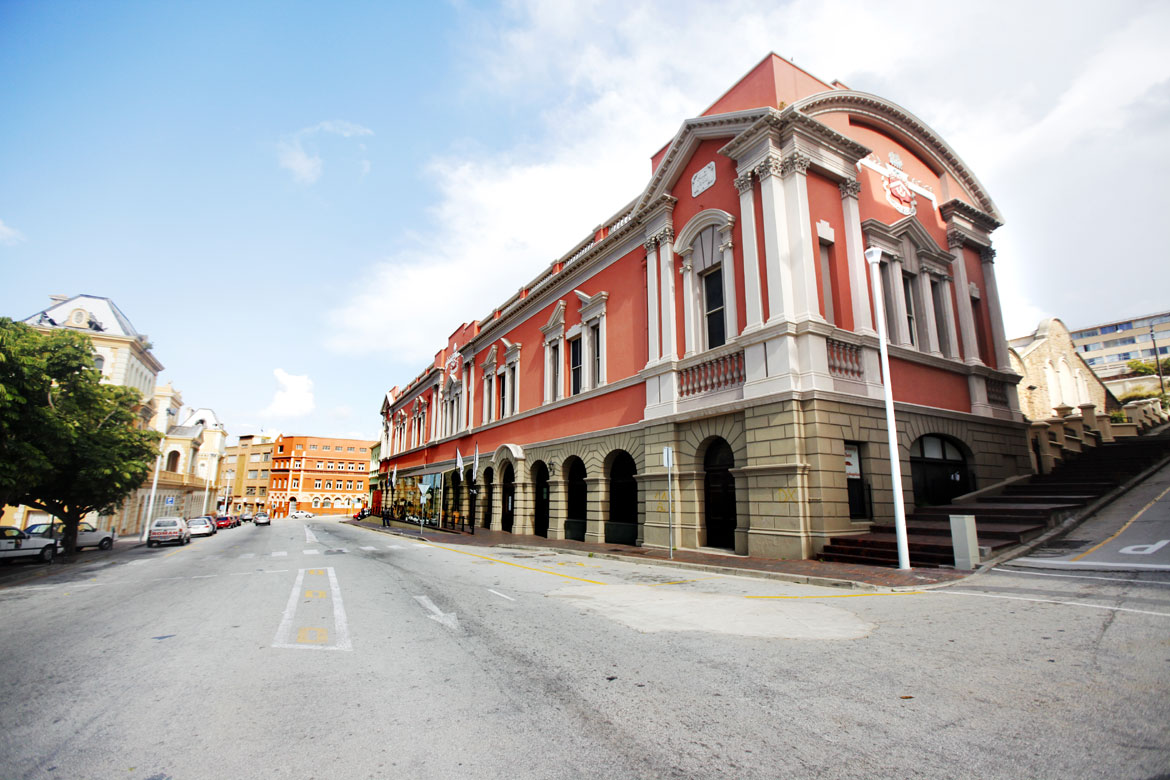
Historical
Nelson Mandela Bay's rich cultural heritage guarantees history lovers a unique insight into the Bay and the Eastern Cape's diverse and remarkable past.
Historical and significant figures from Nelson Mandela Bay include, amongst others, Govan Mbeki, political activist and father of former President Thabo Mbeki; Oliver Thambo, political activist and life-long friend of Nelson Mandela; Athol Fugard, actor, director and playwright; Olive Schreiner, well-known authoress and writer of "The story of an African Farm"; and Cliff Drysdale, well-known tennis player.
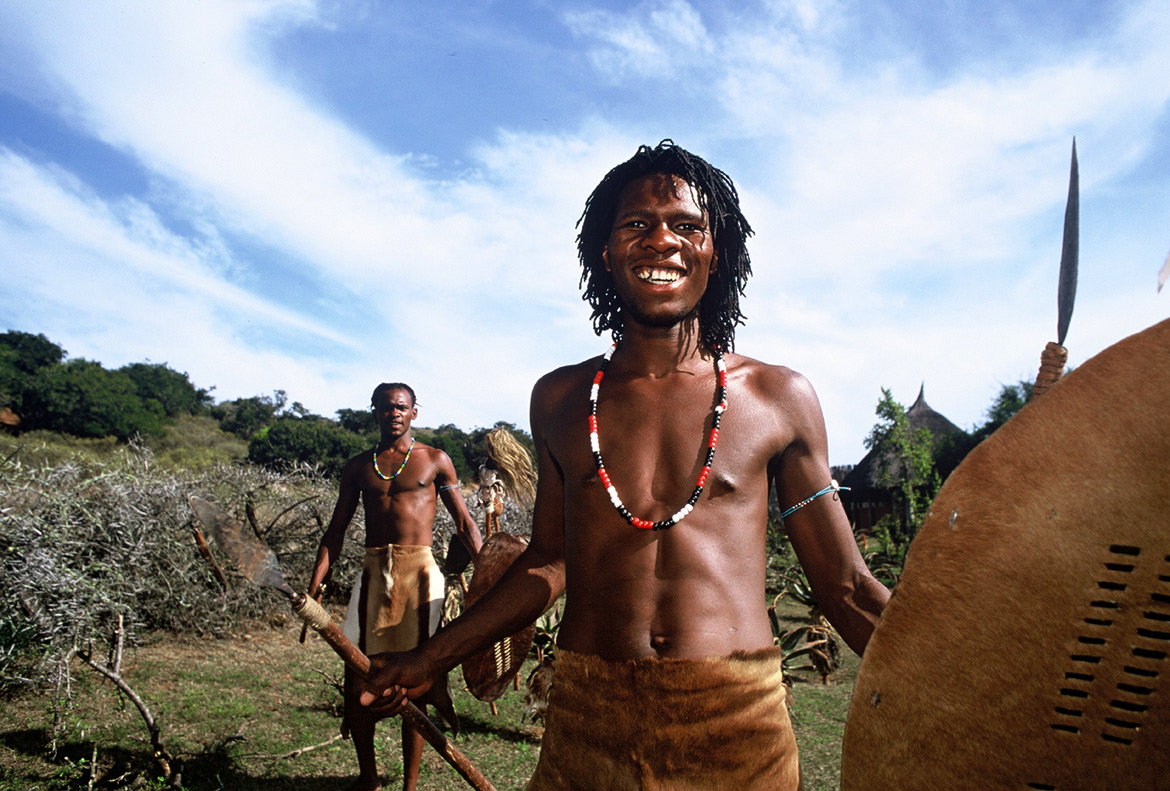
The area that once witnessed battles and wars is now fondly referred to as "Ibhayi" by Xhosa speakers, "Die Baai" by Afrikaners and "The Bay" by English speaking residents. Nelson Mandela Bay is also seen as the Xhosa Warrior‘freedom’ city which not only shows the freedom that it has attained after years of struggle and apartheid, but is also an apt description of the feeling of ‘freedom’ one experiences when living in or visiting the Bay.
Nelson Mandela Bay, uniting Port Elizabeth, Uitenhage and Despatch bears the rich legacy of an area which saw the first meetings of Khoisan, British, Dutch, German and Xhosa people. As the landing place of the British Settlers, it boasts some of the finest architectural attractions in South Africa. Various historical and speciality tours are on offer to showcase the many buildings of rich architectural and historical importance.
Two groups of indigenous people are said to be amongst the first tribes to settle in Algoa Bay. The San hunters (Bushmen) who lived in the inland valleys and gorges and the Khoisan (Inqua Hottentots) who lived at the coast and along the Gamtoos River were among theses groups. (The Khoisan people no longer exist due to, inter alia, the diseases brought to the area by the Europeans as well as many tribal wars.)
The Xhosa arrived after the San and Khoisan and settled along the Sundays River. The Xhosa language has progressed from humble beginnings as the language used by Missionaries in the pulpit to being one of South Africa’s official languages.
In 1497, Vasco da Gama noted the Bird Islands on one of his voyages. The "Bay" was later named "Baia de Lagoa", by Manuel de Mesquita Perestrello, referring to the lagoon situated at the mouth of the Baakens River. For hundreds of years Port Elizabeth was referred to on navigational charts only as "a landing place with fresh water".
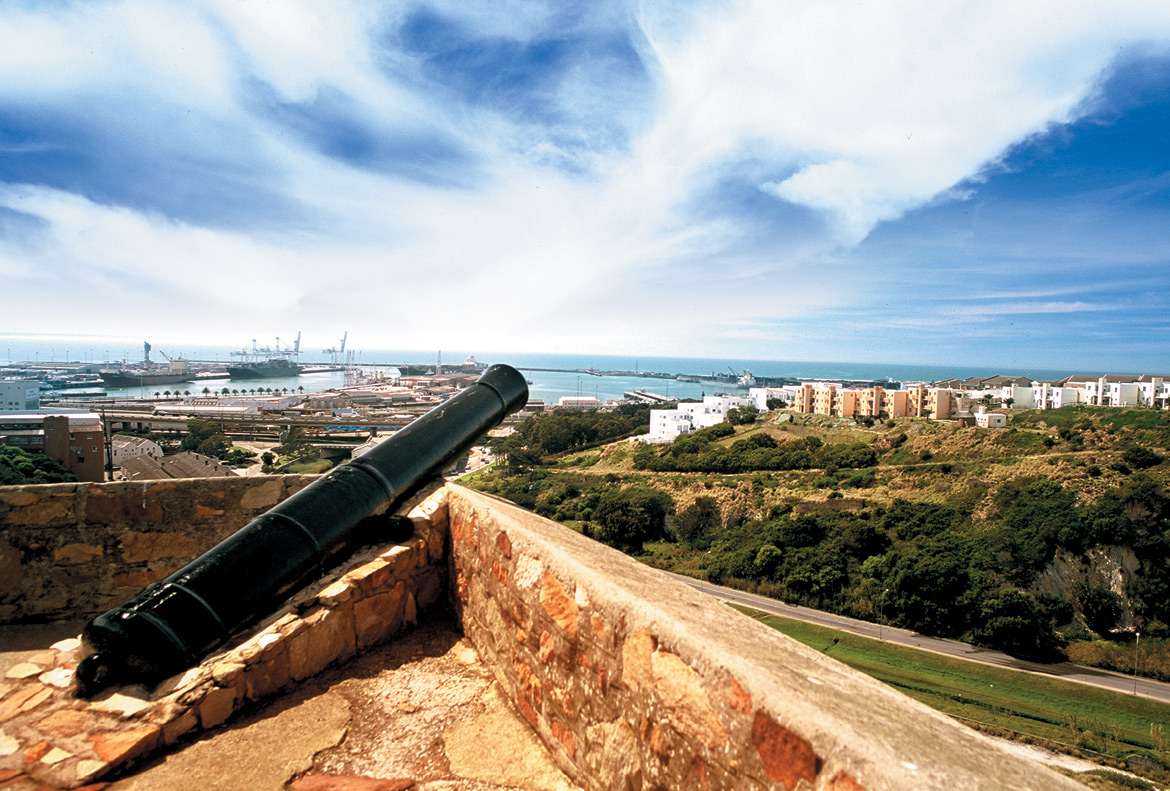
The site of the future city of Port Elizabeth had been guarded by Fort Frederick since 1799. However, it was only in 1815 that a formal city structure was laid out. 4 000 British Settlers arrived by sea in 1820 to become the first permanent British residents of the area. On 6 June 1820, Sir Rufane Donkin, Acting Governor of the Cape Colony at the time, named the city in memory of his late wife, Elizabeth.
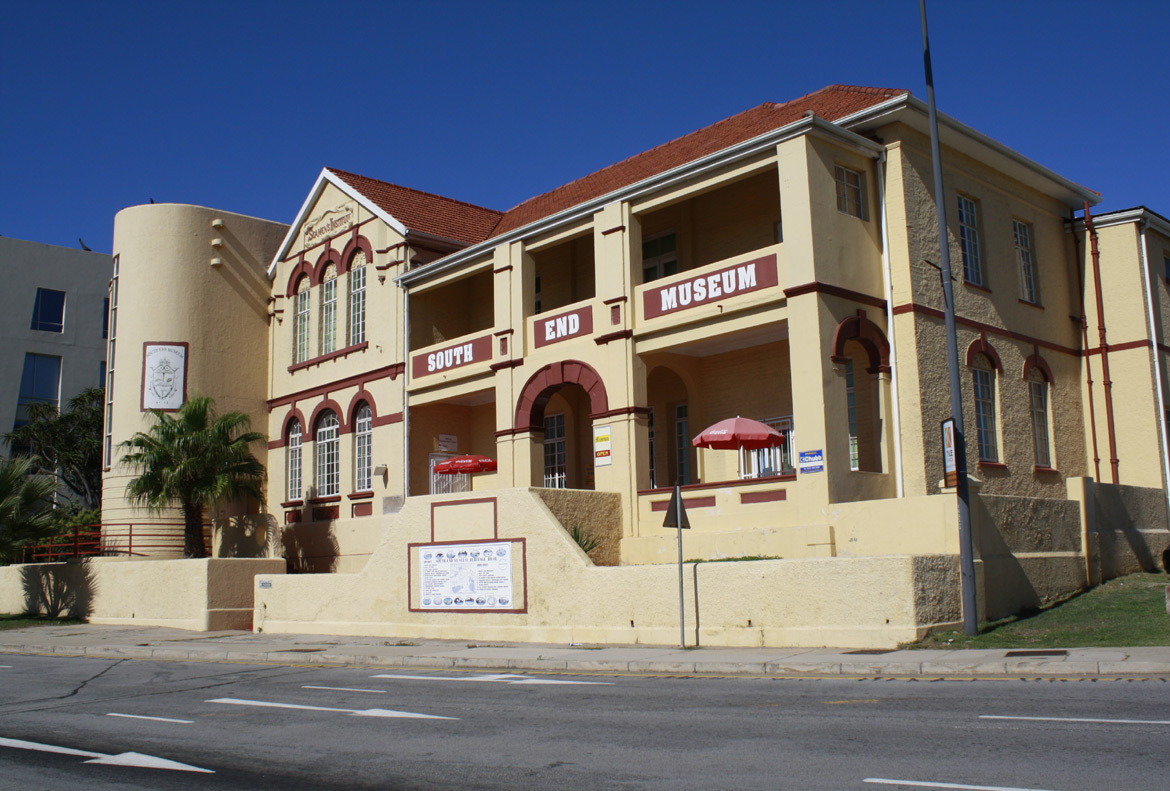
Early Port Elizabeth was characterized by the settlement of European, Cape Malay and immigrant communities. The diverse community lived together according to economic and social status, rather than an ethnic basis. In 1962, forced relocation under the "apartheid law" occurred among the non-white population. This is when townships came into being. South End was one of the prime areas of the city because it was in close proximity to the centre of town, to the beachfront and to the harbour. There were four major cultural groups: Chinese, Indian, "Coloured" and Black people who had been living in the area from the 1800's. Many inhabitants of South End were dependant on fishing to support themselves and their families. In 1965 the government decided, under the terms of the Group Areas Act, to enforce the removal of all these people and to flatten the whole of South End. This was a terrible disaster for the approximately 8000 families who lost their homes, and in many cases, their businesses in South End.
Enforced removals continued for ten years until as late as 1975. All non-whites were moved to different locations with Port Elizabeth. The Chinese people were relocated to Kabega Park, the Indians to Malabar, the Coloureds and Muslims to Gelvandale and Bethelsdorp. The Xhosa speaking peoples were shifted to New Brighton and the Red Location. (Visit the South End museum or join one of the many socio-historical tours to get an overview of the past and the present history of the people of Nelson Mandela Bay.)
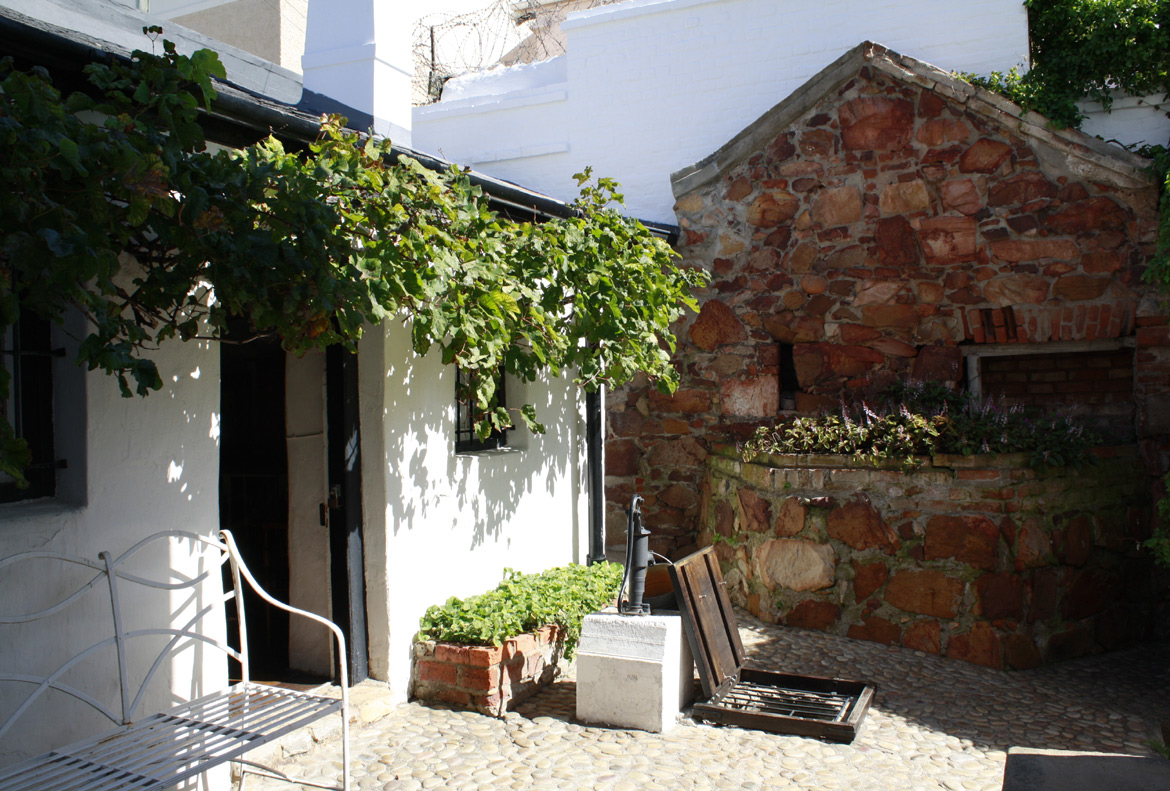
The Donkin Heritage Trail is one of the best ways to explore the heritage and history of the area. The trail links 51 places of historical interest and boasts some of the finest architectural attractions in South Africa, including the Campanile which was erected to commemorate the landing of the 1820 Settlers, the City Hall which was built between 1858 and 1862, as well as the Donkin Reserve and Lighthouse building. The upper part of the trail has useful pedestrian signage on the pavement to orientate tourists along the route. For some more excitement, you can go on the popular "Ghost Trail" - after dark of course! Contact the tourism information office for more details. The history of the city and its people can be experienced in the many museums and monuments and the history and elegant lifestyle of the Victorian era is preserved at No 7 Castle Hill Museum, the oldest surviving Settler dwelling in Nelson Mandela Bay.
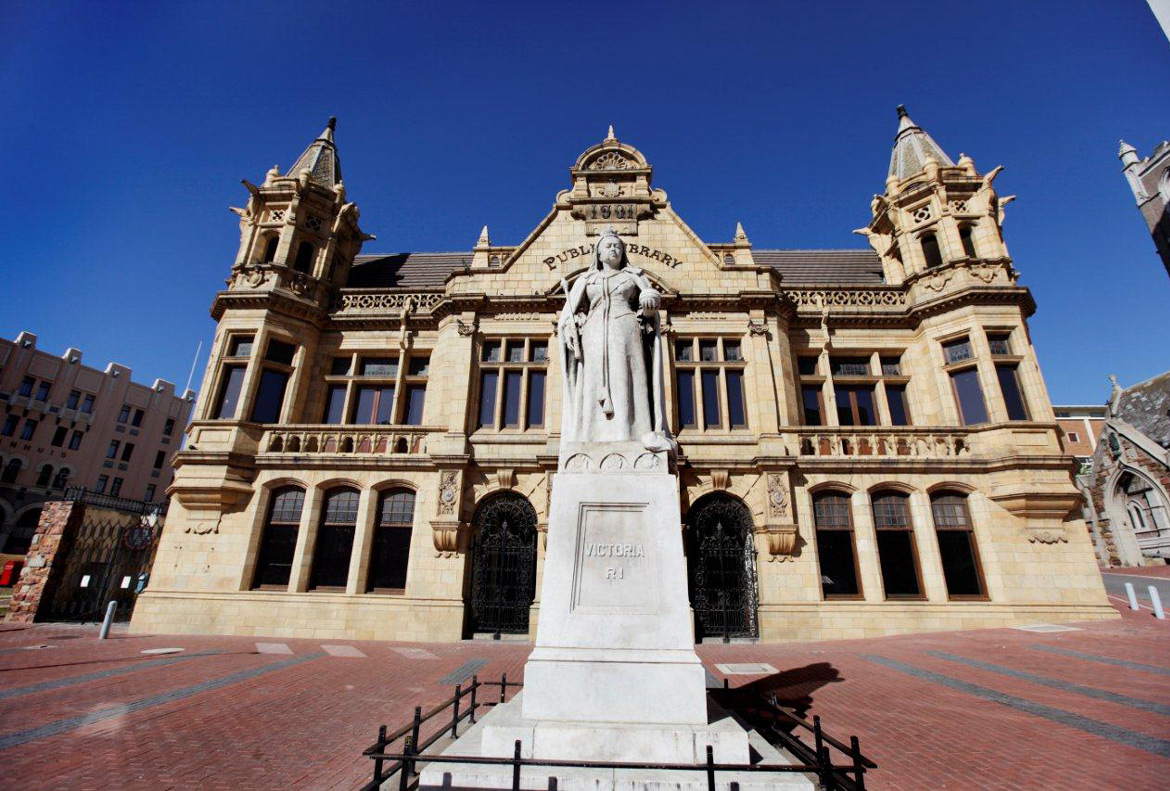
The colonial City Hall is a national monument. The Port Elizabeth main public library is an excellent example of Victorian Gothic architecture. Various memorials are situated throughout the city environs, and there are many tours available to familiarise visitors with especially the apartheid era.
Port Elizabeth could be considered to be the country's leading centre of Art Nouveau style architecture due to its European heritage. Many buildings display the intricate stonework, wrought iron and stained glass of that era which are prominently visible in the Central Historical areas of the city. Combinations of Art Nouveau and Colonial styles are seen in residences along Cape Road.
The area also boasts a marvellous collection of Cape Dutch style architecture as well as the Victorian and Edwardian styles, resulting from the arrival of the 1820 British settlers. Although influenced by Dutch architecture, the Cape Dutch style is unique to South Africa and examples can be seen all over the Eastern and Western Cape.
Before the upcountry gold and diamond booms, Port Elizabeth and surrounding areas developed as one of the major commercial cities in South Africa, trading in wool, mohair and ostrich feathers. As a result, the harbour became a bustling port. Xhosas, Indians and Malaysians migrated to the city in search of trade and labour opportunities.
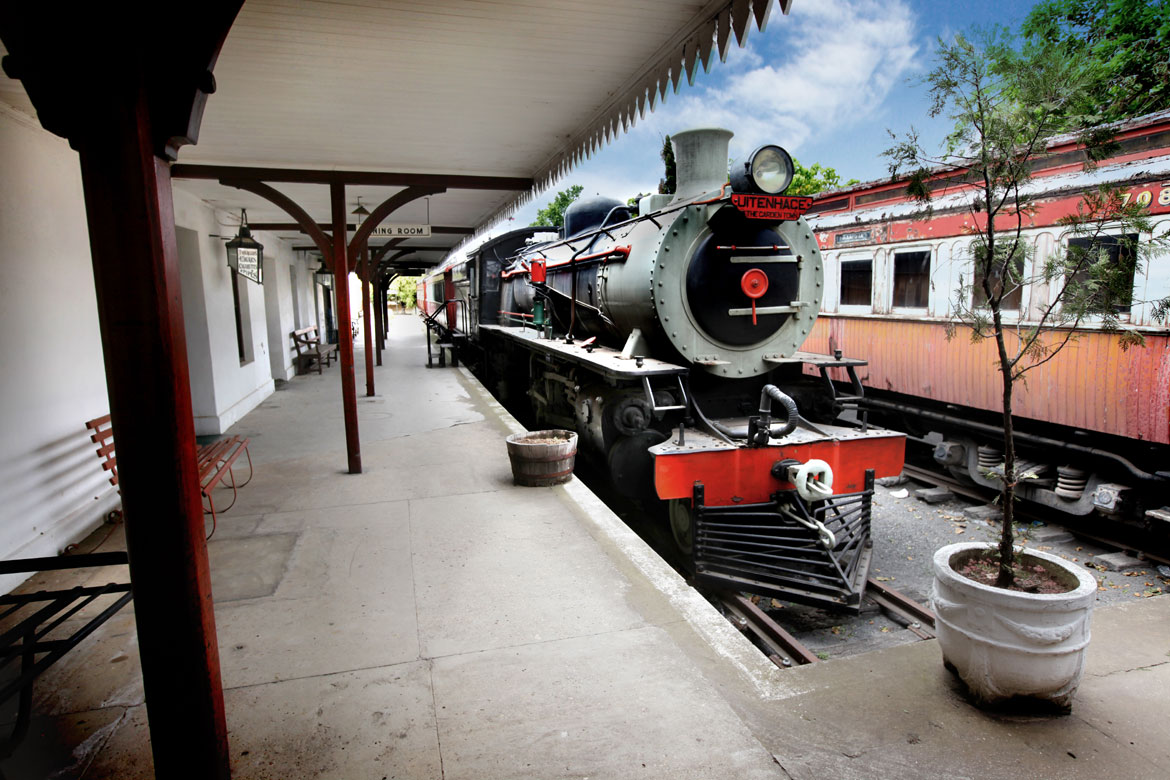
The neighbouring towns of Despatch and Uitenhage are also rich in history. The Despatch Chimney or Campanile, built in 1882, can still be viewed standing tall and serene in a field on the outskirts of the town while the Despatch Museum boasts a mini model of the Stegosaurus discovered in Despatch in 1903. The original dinosaur is on display at Bayworld.
During the 1820's there was a strong move to have Uitenhage declared as capital of the "Colony". The Town Hall that was built in 1882, and the Public Building between 1896 and 1898 (now called Victoria Tower), were such imposing buildings for a small town that the hope flared up again but their ideals never materialised. Both these buildings are worth a visit. The huge fig tree on the property is more than a 100 years old.



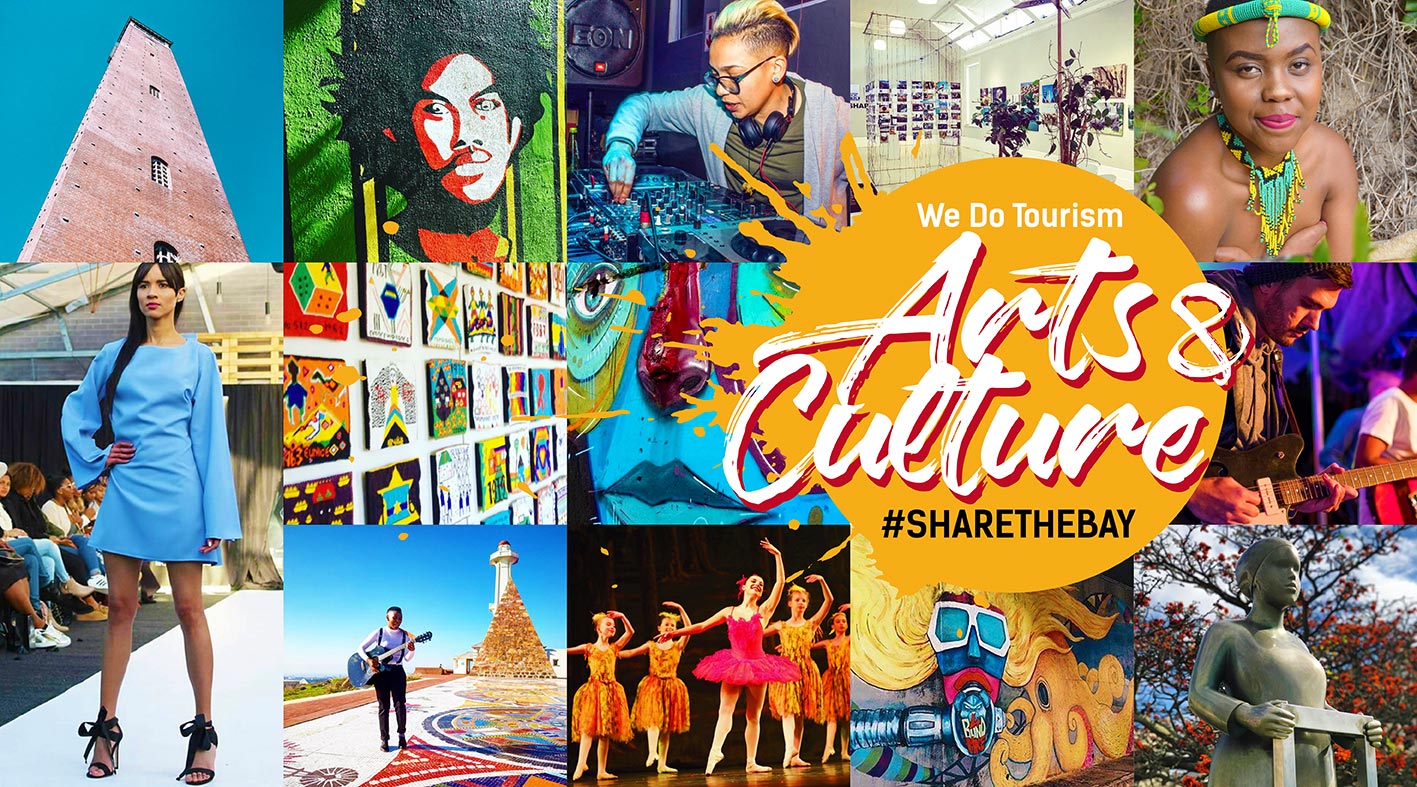

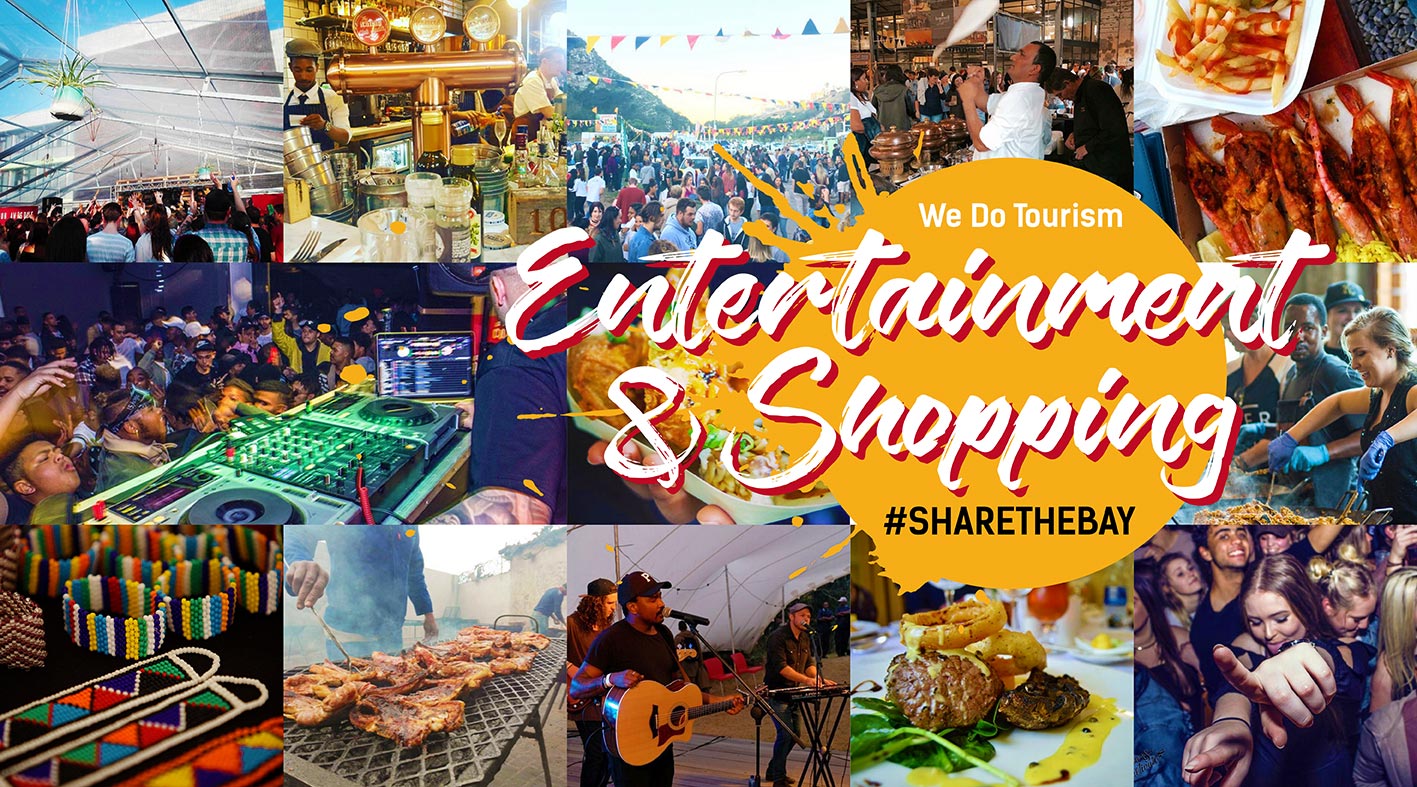
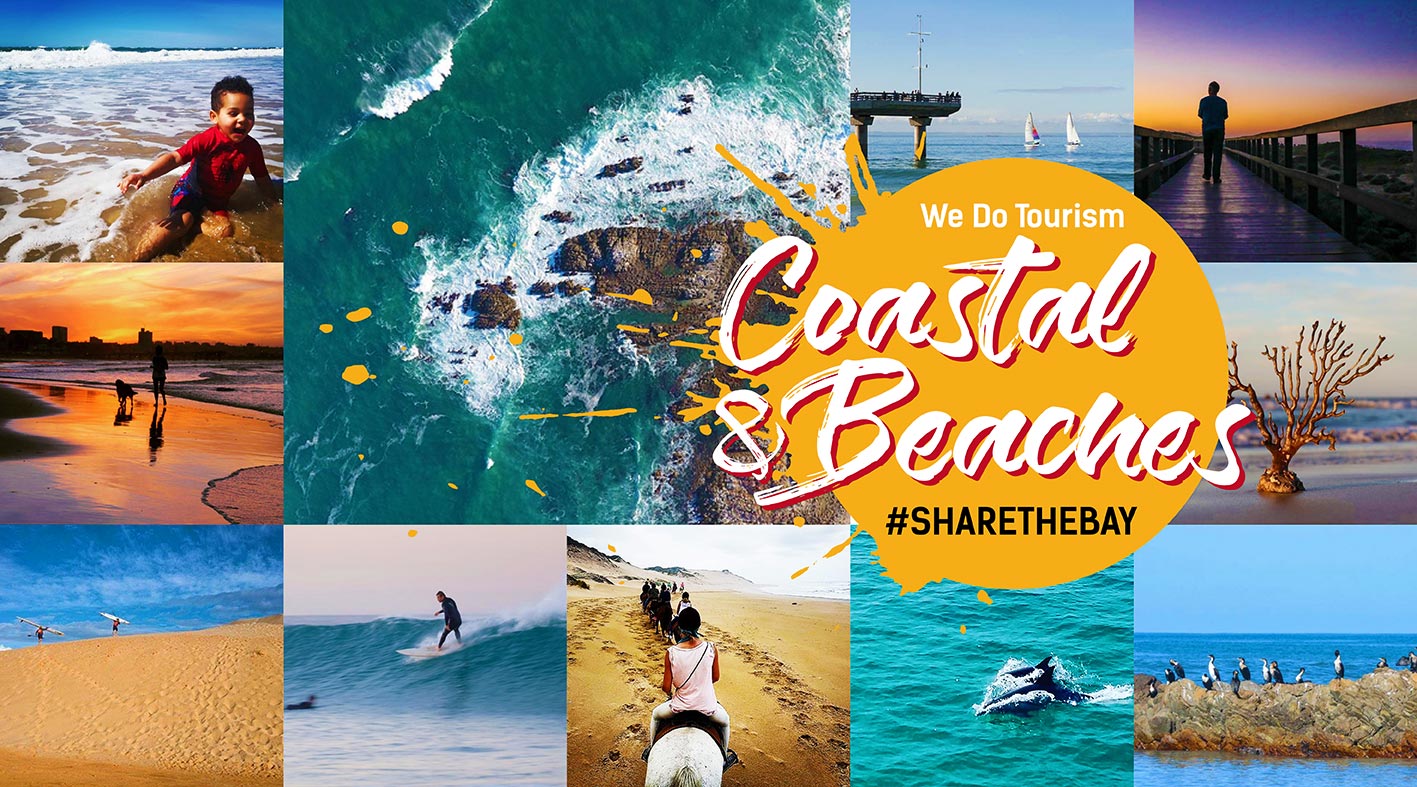


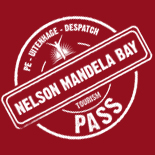
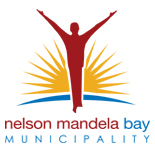










 Please wait!
Please wait!